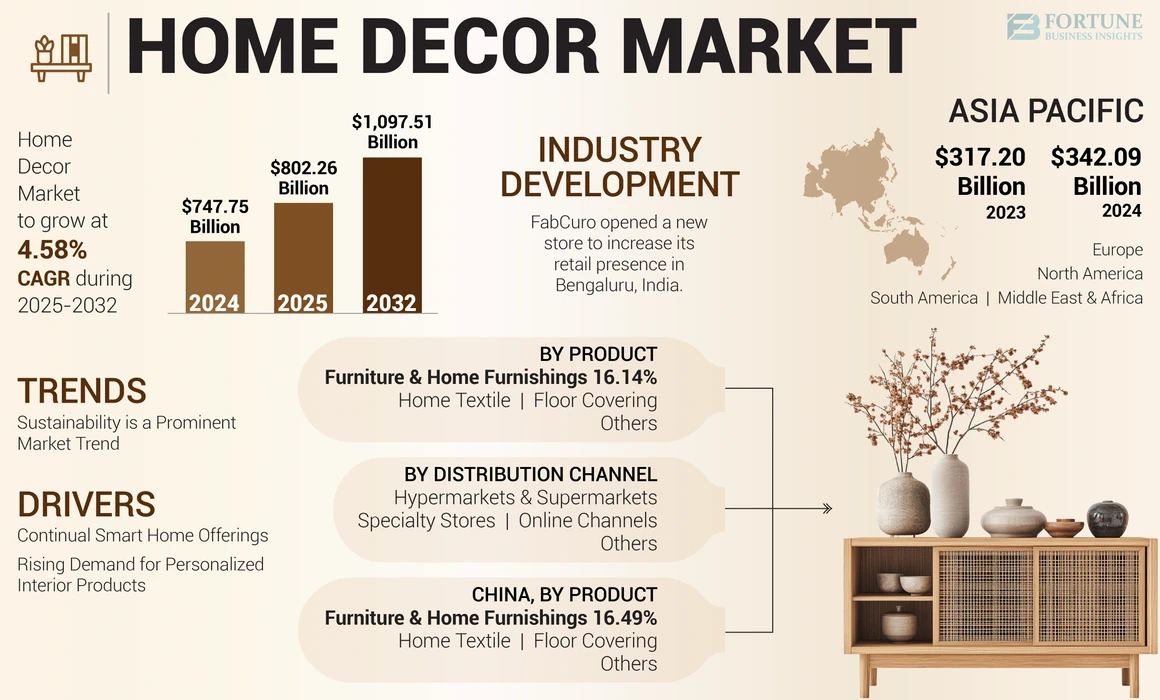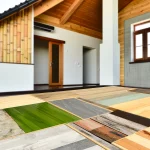
Let’s be honest. A lot of modern decor can feel a bit… sterile. All clean lines and muted grays. It looks nice, sure, but it doesn’t always feel like home. What if your home could tell a story? Not just any story, but your story—or the story of a culture, a place, a history that resonates with you.
That’s the magic of cultural and heritage-inspired decor. It’s not about creating a museum replica. It’s about capturing a feeling, an essence. It’s about surrounding yourself with pieces that have soul, that whisper of craftsmanship, tradition, and a life well-lived. Ready to move beyond the showroom and into a space that’s truly yours? Let’s dive in.
Why Heritage Decor Hits Different
In a world of fast furniture and disposable trends, heritage-inspired design offers something priceless: authenticity. It’s the antidote to the generic. Think of it like the difference between a mass-produced print and an original painting. One is decoration; the other is art with a heartbeat.
This approach to decorating your home connects you to something larger. It’s a celebration of human skill and cultural identity. And honestly, it’s incredibly sustainable. You’re investing in pieces built to last, often using natural materials and time-honored techniques. It’s decor with a conscience.
A World of Inspiration: Key Themes to Explore
1. The Warmth of Mediterranean Hues
Close your eyes. Imagine sun-baked terracotta tiles, the deep azure of the sea, the vibrant green of olive leaves. Mediterranean decor is a feast for the senses. It’s rustic, warm, and incredibly inviting.
Key elements:
- Color Palette: Earth tones are king. Think terracotta, ochre, sandy beige, and stark white, all punctuated by bold blues and greens.
- Textures: Rough-hewn wood, wrought iron, chunky linen textiles, and hand-painted tiles (think Portuguese azulejos or Moroccan zellij).
- Furniture: Substantial, rustic wooden tables, armoires with a distressed finish, and simple, comfortable seating.
- Accessories: Handwoven baskets, clay pottery, and lush, overflowing greenery that brings the outdoors in.
2. Japanese Wabi-Sabi: The Beauty of Imperfection
If you crave calm and mindfulness, look no further than Japanese wabi-sabi. This isn’t just a decor style; it’s a philosophy. It finds beauty in the imperfect, the incomplete, and the impermanent. It’s about authenticity over polish.
Key elements:
- Color Palette: Muted, natural colors. Soft grays, beiges, browns, and greens that mimic the natural world.
- Materials: Organic and raw. Unvarnished wood showing its grain, handmade paper (washi), bamboo, and stone.
- Principles: Embrace asymmetry and empty space (ma). A single, carefully chosen object—a cracked ceramic vase, a gnarled branch—holds more power than a crowded shelf.
- Mindset: It’s about appreciating the story behind a piece—the crack that was repaired with gold (kintsugi) becomes a feature, not a flaw.
3. Scandinavian Hygge: The Art of Coziness
You’ve probably heard of hygge (pronounced hoo-ga). It’s the Danish concept of creating a feeling of cozy contentment. While often associated with minimalist design, its roots are deeply heritage-based, born from the need to create warmth and community during long, dark winters.
Key elements:
- Lighting: Soft, ambient light is non-negotiable. Think lots of candles, fairy lights, and lamps with warm-toned bulbs.
- Textiles: Layers upon layers. Chunky knit wool throws, sheepskins, and soft cotton rugs. Texture is everything.
- Furniture: Functional, clean-lined, and often made from light woods like pine and ash. The focus is on comfort and practicality.
- Atmosphere: It’s less about specific objects and more about a feeling. A dedicated nook for reading, a collection of well-loved books, the smell of coffee—these are the details that matter.
How to Weave Heritage into a Modern Home (Without It Looking Like a Theme Park)
Okay, here’s the tricky part. The goal is inspiration, not imitation. You don’t want your living room to feel like an international airport lounge, with each piece representing a different continent. The key is subtlety and personal connection.
Start with What You Love
Do you have a family heirloom? A textile you bought on a memorable trip? Start there. Build a color palette or a texture story around that one special item. Maybe it’s an embroidered pillow from Mexico that inspires you to incorporate more warm reds and intricate patterns. Let one piece lead the way.
Mix, Don’t Match
This is crucial. A sleek, modern sofa looks incredible paired with a rustic, hand-carved coffee table from Bali. The contrast is what makes it dynamic. Don’t feel like everything has to be from the same era or region. In fact, it’s better if it’s not. The mix is what makes it feel collected over time, not bought in one fell swoop.
Focus on Craftsmanship, Not Clichés
Avoid the stereotypical, mass-produced “ethnic” decor you find in big-box stores. Instead, seek out authentic pieces. Look for items made by actual artisans. This might mean shopping at a local fair-trade store, a dedicated importer, or even sourcing directly from artisans online. A real, hand-loomed kilim rug has a presence a machine-made copy never will.
A Quick-Reference Guide to Cultural Decor Elements
| Cultural Influence | Signature Color | Defining Material | Iconic Piece |
|---|---|---|---|
| Moroccan | Jewel Tones (Sapphire, Emerald) | Carved Wood, Brass, Leather | Beni Ourain Rug, Lantern |
| Mid-Century Modern (American) | Warm Teak, Mustard Yellow | Molded Plywood, Plastic | Eames Lounge Chair, Noguchi Table |
| Bohemian (Global Folk) | Rich, Layered Patterns | Macramé, Embroidery, Beads | Floor Cushions, Tasseled Textiles |
| Industrial (Heritage of Work) | Neutrals, Pops of Primary | Reclaimed Wood, Exposed Brick & Pipe | Edison Bulb Lighting, Factory Cart |
The Most Important Ingredient: Your Story
At the end of the day, the most powerful heritage you can draw from is your own. That quilt your grandmother made? Frame it. The collection of sea glass from childhood vacations? Display it in a beautiful bowl. Your home should be a narrative of you.
Blend these personal treasures with the global influences that speak to you. The result won’t be a perfectly styled page from a magazine. It will be better. It will be a home that feels layered, interesting, and deeply personal. A home that doesn’t just look good, but feels like a true sanctuary—a place with a past, a present, and a story that’s still being written.









